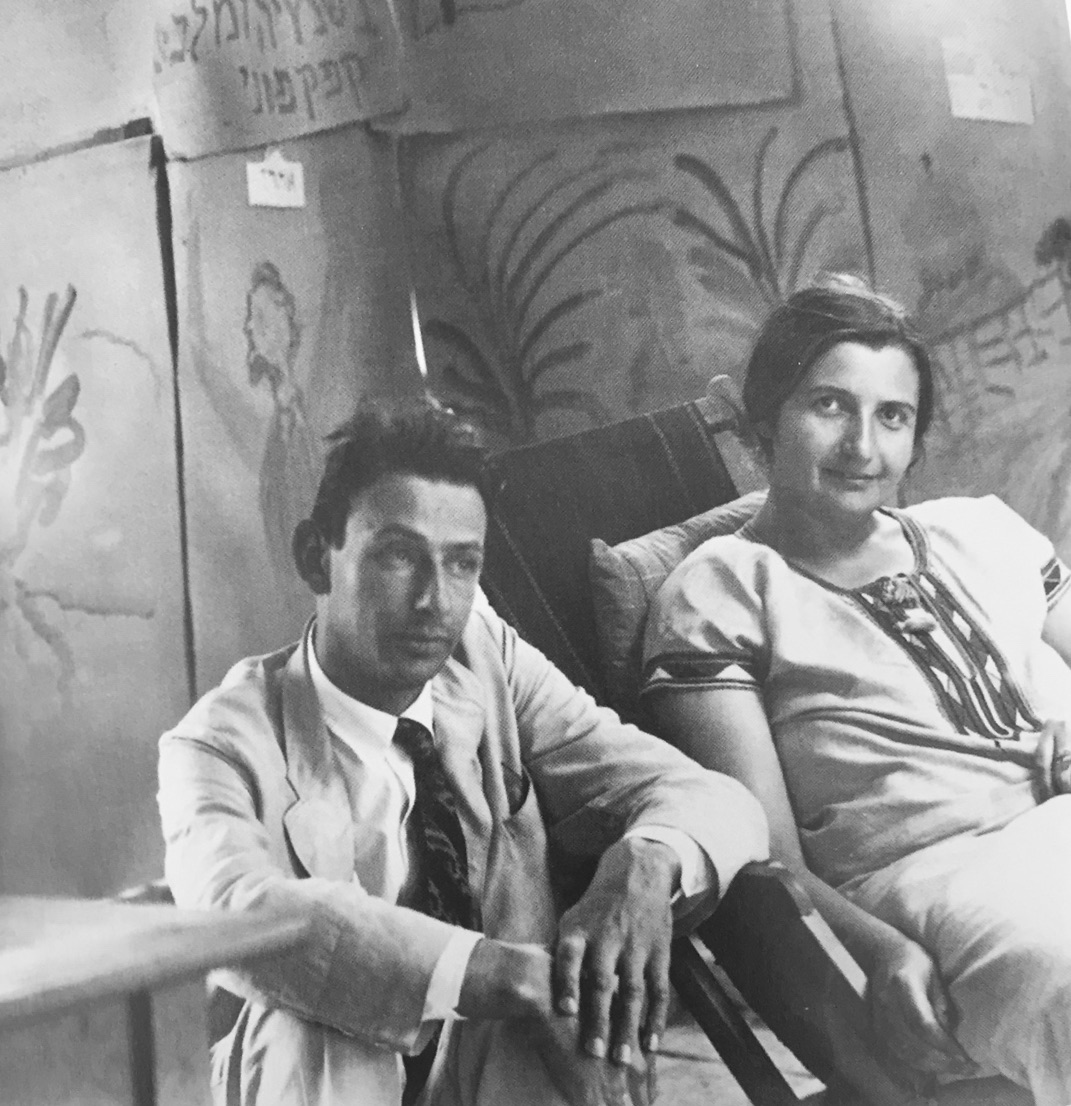The roller coaster process during which Jews in Germany were emancipated in the 19th century, only to be deprived of all their rights during the Nazi era and then murdered in the Holocaust, is the subject of Jay Howard Geller’s superb book, The Scholems: A Story of the German-Jewish Bourgeoise From Emancipation To Destruction, published by Cornell University Press.
Geller, a professor of history and Judaic studies at Case Western Reserve University, fleshes out this stunning transformation by focusing on the Scholems, an assimilated middle-class Jewish family of printers who hailed from the contemporary Polish province of Lower Silesia, which was seized by Prussia from the Austrian Habsburg empire in 1742.
Under the Prussians, Jews initially labored under a web of suffocating restrictions. In 1812, however, King Frederick William III granted Jews the same civil rights as Christians, though they were still banned from holding public office and barred from joining craft guilds. “A new era had begun for Jews in the German lands,” writes Geller. “It would last nearly 125 years.”
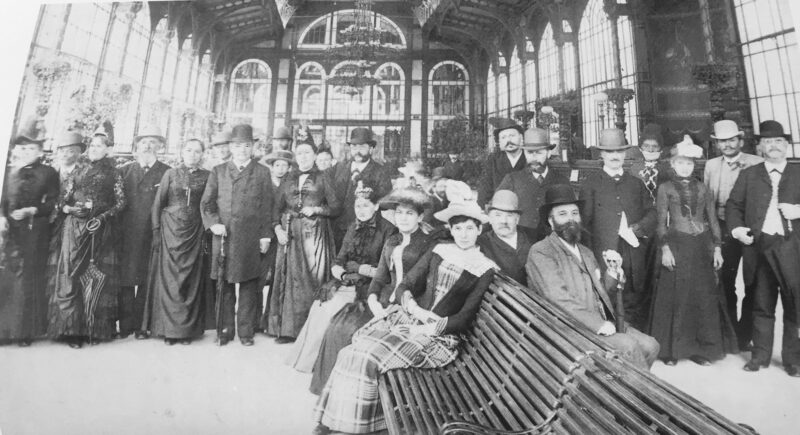
During this tumultuous period, the Scholems left the town of Glogau and settled in Berlin, whose Jewish population stood at nearly 144,000 in 1910. By then, almost 40 years had elapsed since German Jews had been granted complete equality under the law. Forming a discrete and endogamous middle-class community within the broader German society, Jews were eager to adapt to their surroundings and played a critical role in the economic, cultural and civic life of Germany’s sophisticated capital city.
Many German Jews, including the Scholems, were consciously Jewish but not truly observant and, for example, celebrated Christmas with all its trappings. Mixed marriages were increasingly common, and by the first decade of the 20th century, one-third of Berlin Jews had non-Jewish partners.
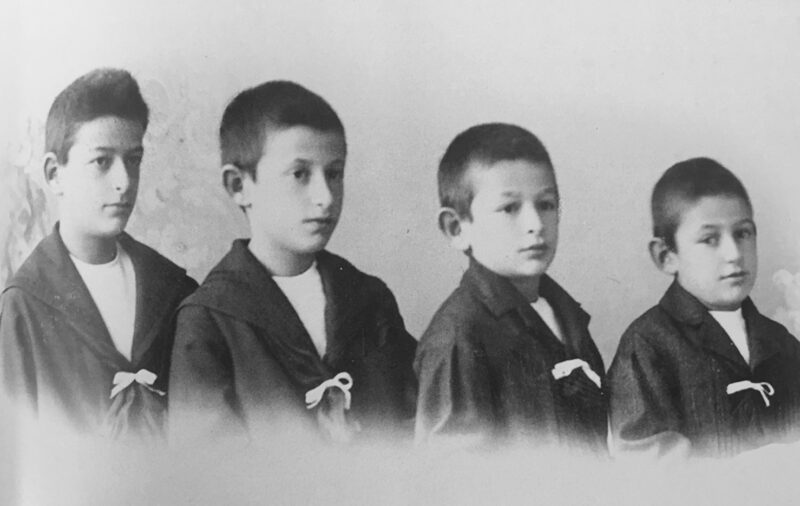
Geller focuses his attention on Arthur and Betty Scholem and their sons, Reinhold (born in 1891), Erich (1893), Werner (1895) and Gerhard (1897), later to be known as Gershom. Being quintessentially German, they wholly embraced the notion of Bildung, the cultivation of self through education and cultural refinement. “As Jews became ‘Germans,’ they adopted a very specific, even idealized version of German culture, which they grafted onto or blended with their Jewish culture,” he says, adding that exceptionally wealthy Jews were among the chief patrons of the arts.
An epoch of enlightened liberalism seemed at hand in Germany, but antisemitism was never too far from the surface. World War I broke out with a great display of national unity that portended an end to antisemitism and the full integration of Jews into German society. But as the war dragged on, an increasing number of Germans bought into the conspiracy theory that Jewish speculators were responsible for food shortages and that Jewish men were evading military service.
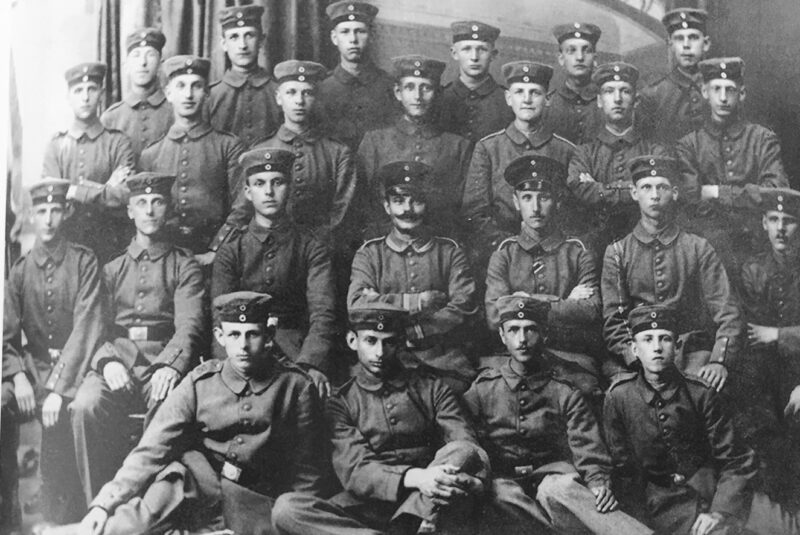
All four Scholem brothers served in the German armed forces during the war, but each one embarked on a different path after it ended with Germany’s ignominious surrender. This facet of Geller’s narrative comprises the heart and soul of The Scholems.
Gershom, rejecting his Germanness, adopted a resolute Jewish identity and became a Zionist. He studied the Talmud, delved into the Kabbalah and learned Hebrew. In 1922, he completed his PhD, all the while forming a personal bond with the scholar Martin Buber and the philosopher Walter Benjamin. Deciding to leave Germany, he prepared himself for a career as a secondary school teacher in Palestine. He arrived in Jerusalem in 1923, when the German economy was on a dangerous downward spiral.
Thanks to Buber’s recommendation, Gershom was appointed an instructor at the Institute of Jewish Studies at the newly founded Hebrew University in Jerusalem in 1924. Two years later, he received a long-term contract from the university. Being a left-wing Zionist, he was a major figure in the Brit Shalom organization, which advocated a binational state in Palestine. Gershom was influenced, in particular, by the ideas of Ahad Ha’am, who regarded Palestine as a center for Jewish renewal rather than as a place for a Jewish state.
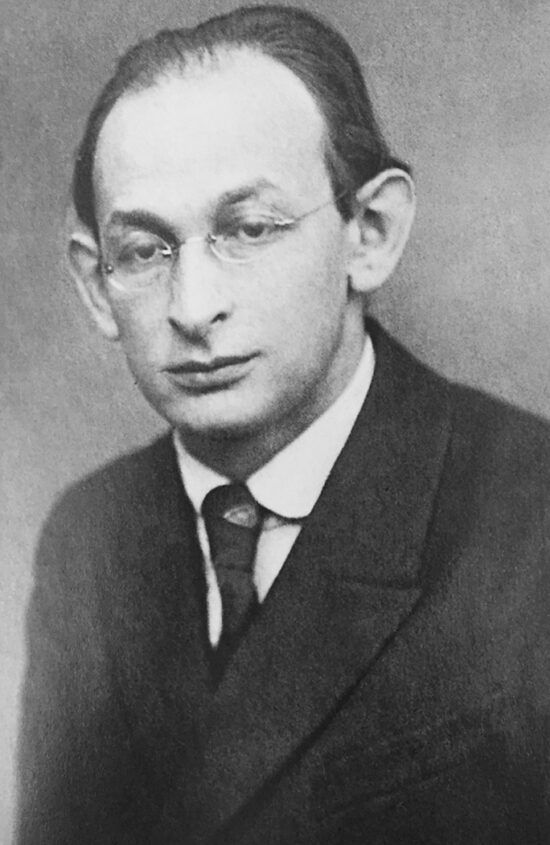
Gershom’s brother, Werner, was a diehard communist who sympathized with the revolutionary Spartakists, led by the firebrands Karl Liebknecht and Rosa Luxemburg. In 1920, he was elected to the Reichstag, at a time when the majority of Jews voted for the centrist German Democratic Party and the right-of-center German People’s Party.
In 1935, in a fiery speech denouncing Jewish communists, Propaganda Minister Joseph Goebbels blasted Werner, among others. And when the Nazis staged the incendiary exhibition “The Eternal Jew” in 1937, they displayed a bust of Werner to illustrate typically Jewish physical features. To no one’s surprise, Werner was eventually arrested and packed off to two concentration camps, Dachau and Buchenwald, where he was murdered in 1942. Interesting enough, Werner’s non-Jewish widow, Emmy, converted to Judaism in 1968 after having moved back to Germany from Britain.
Gershom prospered in Palestine, but old habits died hard. Never having completely severed himself from Germany, he demanded that his mother in Berlin supply him with German goods ranging from canned delicacies to crime novels. In 1933, he was appointed to a full professorship, specializing in Jewish mysticism. Regarding the credo “publish or perish” with the utmost seriousness, he churned out a torrent of monographs and books, becoming a renowned authority in the field of Kabbalah. Such was his fame and reputation that he was considered for the presidency of the Hebrew University.
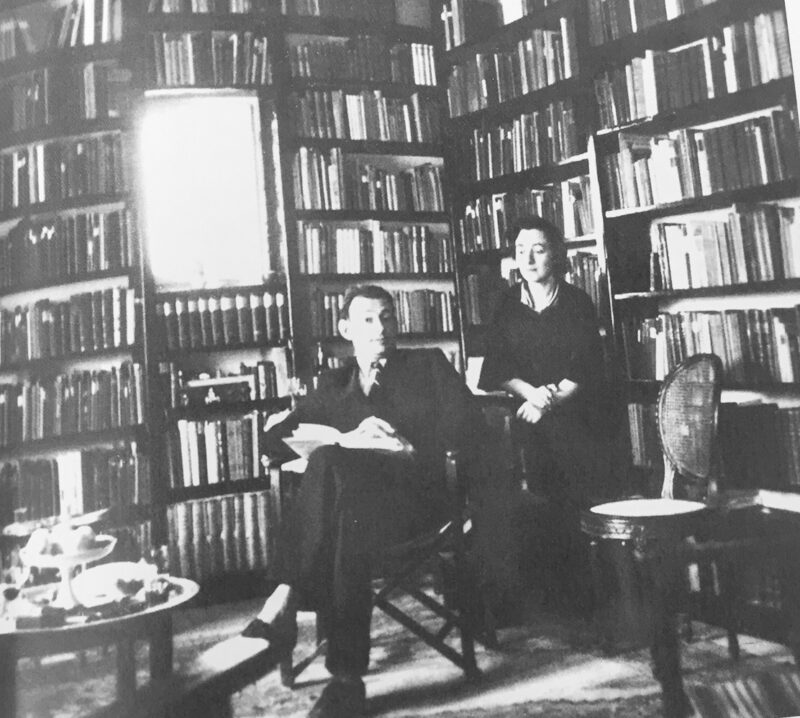
Although he was opposed to partitioning Palestine into a Jewish and an Arab state, he ultimately came to terms with that proposal. In the wake of the Six Day War, he was one of the first public figures in Israel to reject the annexation of the occupied territories.
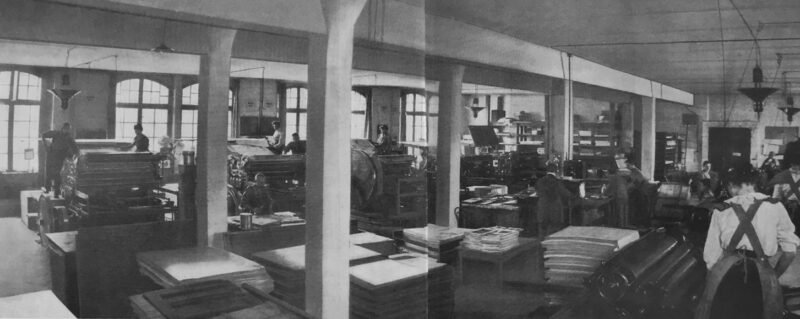
After the Nazi seizure of power in 1933, the Scholem printing house suffered a crippling loss of business. Like all Jewish-owned firms, it was Aryanized, presenting the Scholems with no alternative but to emigrate. Reinhold and Erich, who worked in the family printing company and regarded themselves as German patriots, immigrated to Australia in 1938. Both would earn a livelihood as businessmen. Betty, her husband having died in 1925, joined them in Sydney in 1939.
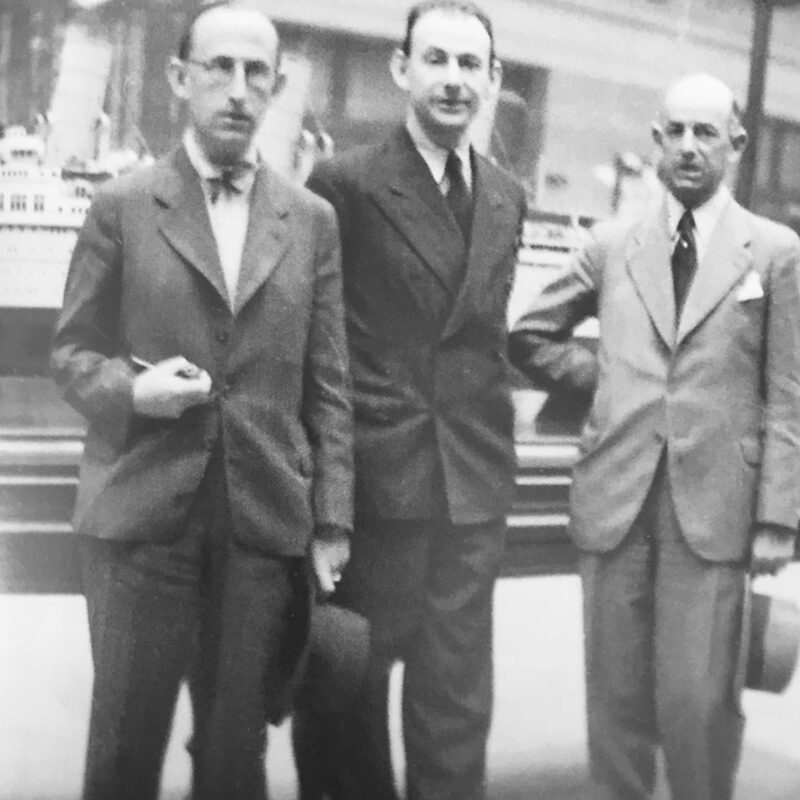
Reinhold and Erich both visited postwar Germany, but related to it very differently. Erich felt considerably better outside Germany, but his son married a German woman and settled in the Harz mountain region. Reinhold had a more positive relationship with Germany and his German identity, refusing to allow the Nazi interregnum to define his conception of the country.
Although Gershom insisted that German Jews had deluded themselves by their belief in the so-called German-Jewish symbiosis, he visited West Germany frequently, delivering guest lectures, submitting to radio and press interviews, and publicizing the German-language editions of his books. Geller speculates that Gershom, his ambivalence about his German background notwithstanding, probably felt more at ease in Germany than he was willing to admit.
In closing comments that are at once factual and poignant, Geller eulogizes the vanished German-Jewish subculture typified by families such as the Scholems, and adds that Germany has made sincere efforts to remember them. “Streets, squares, schools and other institutions are named for German Jews,” he writes.
Werner, too, has not been forgotten. As Geller puts it, “His name is one of ninety-six on the Memorial to the Murdered Members of the Reichstag, situated just outside the imposing parliament building. His name also appears on an art installation inside the building, alongside those of 4,780 other democratically elected members of Germany’s federal legislature between 1919 and 1999.”
